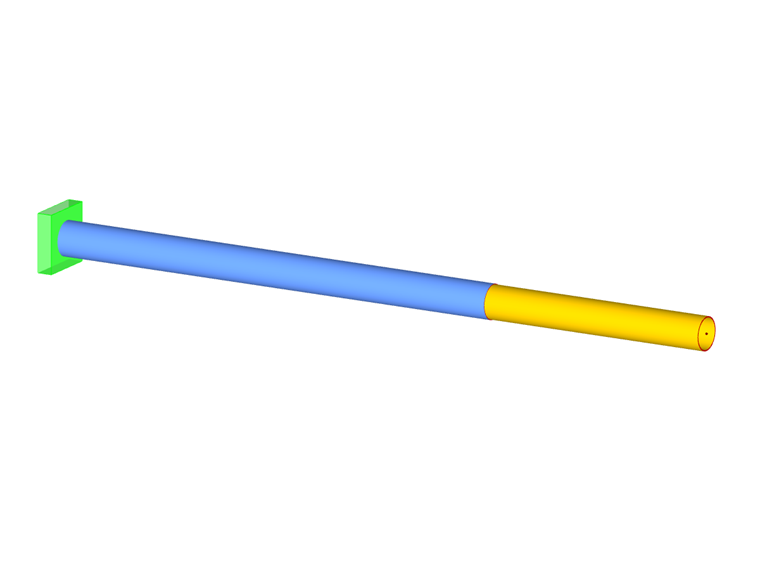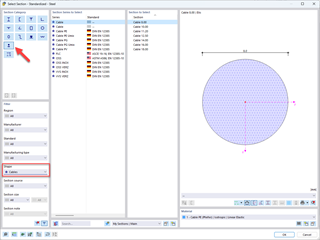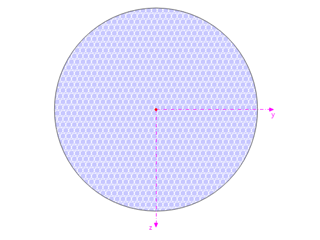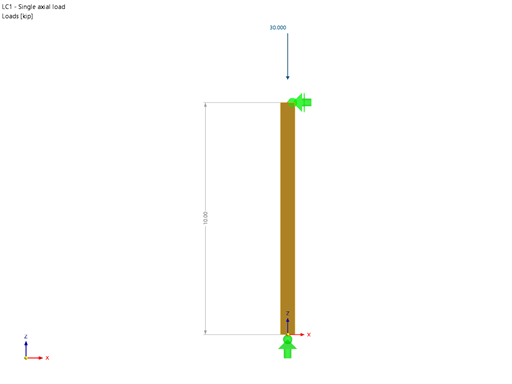This special force transfer can be solved in RFEM and RSTAB as follows:
A characteristic plug connection like the one shown in the sketch consists of four members between four nodes. In the overlapping area, two members are overlapping, each connected to the same nodes (Node 2 and Node 3). To ensure that the force is only transferred from Member 4 to Member 1 via a force pair at the ends of the overlapping members, it is necessary to arrange specific member hinges on the overlapping members. A moment hinge on Member 2 at Node 3 and on Member 3 at Node 2 should ensure that the bending moment load between the red members (Member 1 and Member 2) and the green members (Member 3 and Member 4) is transferred by the force couple at Node 2 and Node 3. An axial force hinge on Member 2 at Node 3 should ensure that the axial force load is only transferred between the green and red continuous members for the planned fixation at Node 2.
Basically, RFEM and RSTAB recognize superimposed members as modeling errors and try to correct this arrangement automatically. Therefore, when you use the described method of modeling, you should set the "Allow Double Members" mode before you create the model.





















































